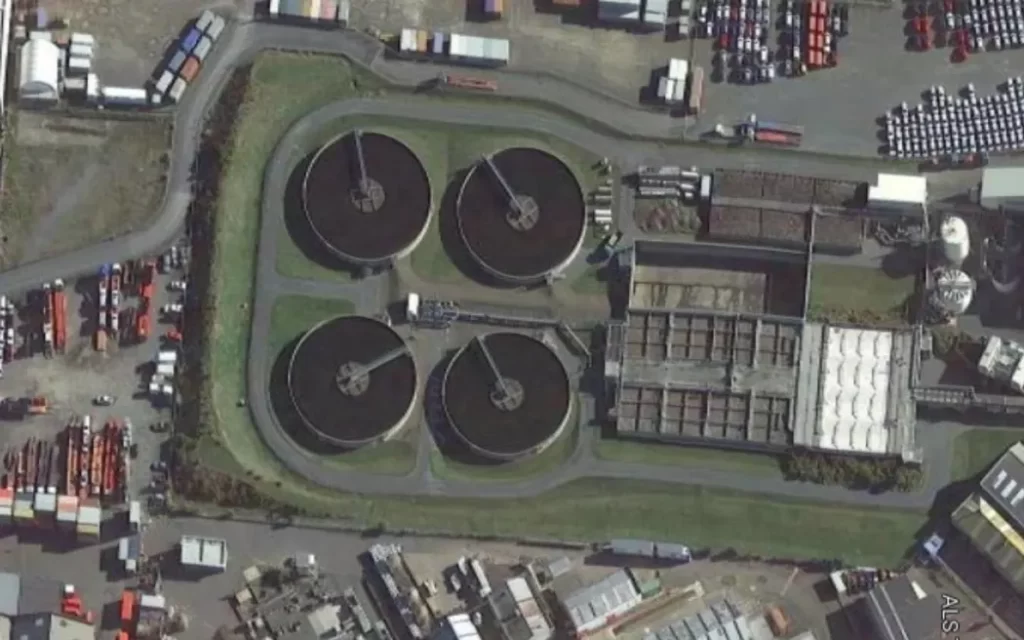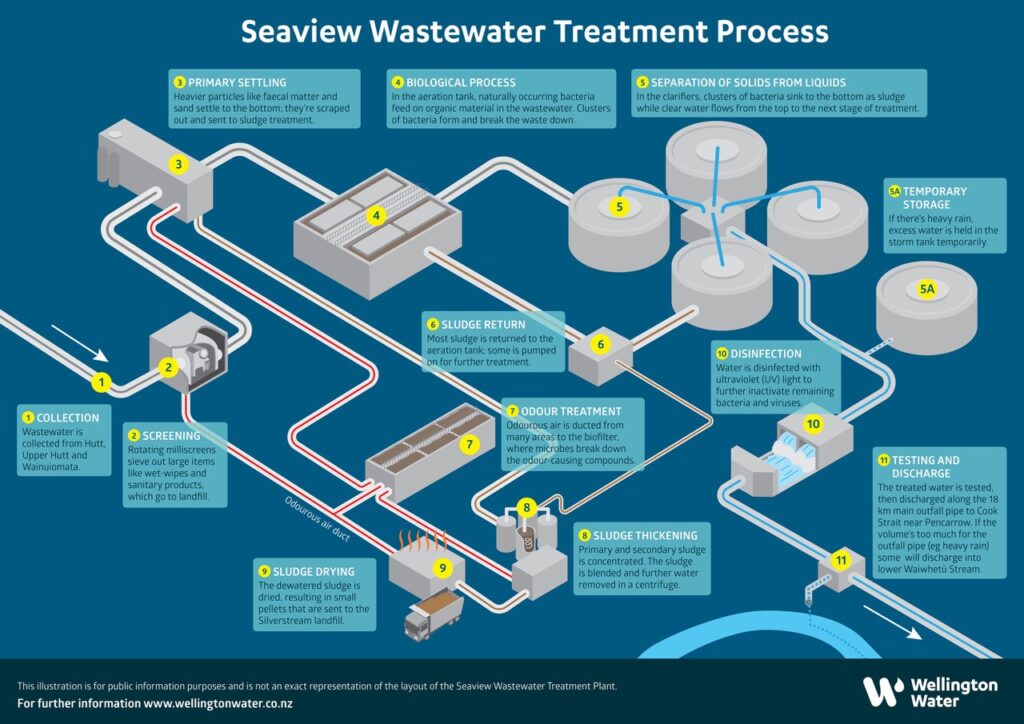Council election year has rolled around again.
Sitting councillors dust off their collection of corflute signs and mull whether their grinning mugshots can serve again, or are too far removed from the reality of three more years’ toll on their actual looks.
Challengers plan their campaigns. Where have the current lot gone wrong; what are the policies and pitches that will appeal to voters in October?

It’s all as it should be.
Gaining a seat as one of the city’s 13 governors (14 for 2025-2028, with the addition of a Māori ward) is a huge privilege and responsibility. Those who would do it deserve electors’ close scrutiny.
The thing I’m proudest of about the current term is that (alongside finally getting Riverlink across the line) I was part of the council that refused to kick the can down the road on investment in 3 waters infrastructure.
I’m sure I don’t need to go over again how under-investment in wastewater, drinking water and storm water assets across many years has left networks vulnerable. We’ve all seen the leaks, and periodic releases of treated sewage in times of high rainfall when the system is overwhelmed.
There’s nothing more core to a council’s function than delivering reliable and safe water to taps, and treating human and trade waste to a standard that minimises harm to the environment.
So this council bumped up spending on 3 waters infrastructure by $600 million to $1.6 billion in the Long-Term Plan, as part of a capital investment programme that has never been higher. We’ve completed significantly more water pipe renewal than any other council in the region.
Consequent rates increases have been painful for residents. Of the proposed 12.6% rates increase next financial year, 51% is due to 3 waters costs.
Electors will get to say in a few months’ time whether that was the right thing to do.
Going forward, it seems almost certain future investment in 3 waters in the wider region will be put on a sounder footing, one removed from politicians unwilling to front up on maintaining infrastructure that is largely underground and out of sight.
The proposed asset-owning CCO (council-controlled organisation) certainly won’t mean the end of costly 3 waters bills. But network fixes can gather pace, and the looming and large costs can be spread over a longer period.
Under professional directors chosen for technical and financial expertise, we should avoid the appalling pratfalls of the current Wellington Water set-up, where contractor panels decided who got work and at what cost, and asset management details were in the hands of the very contractors bidding for ratepayers’ funding.
Last week Hutt councillors grilled Wellington Water representatives on the next stages of upgrades at the Seaview wastewater plant. Some $230 million of Hutt Valley ratepayer investment is to happen at the plant over the next decade, not least replacing a super-expensive sludge dryer.
We sought – and gained – confirmation all work will be subject to competitive tender, odour control is at the forefront, and future-proofing for growth is being built in. The new dryer will have 40% greater capacity, for example.
It’s not the most glamorous of council projects, but I believe it’s one of the most important.












